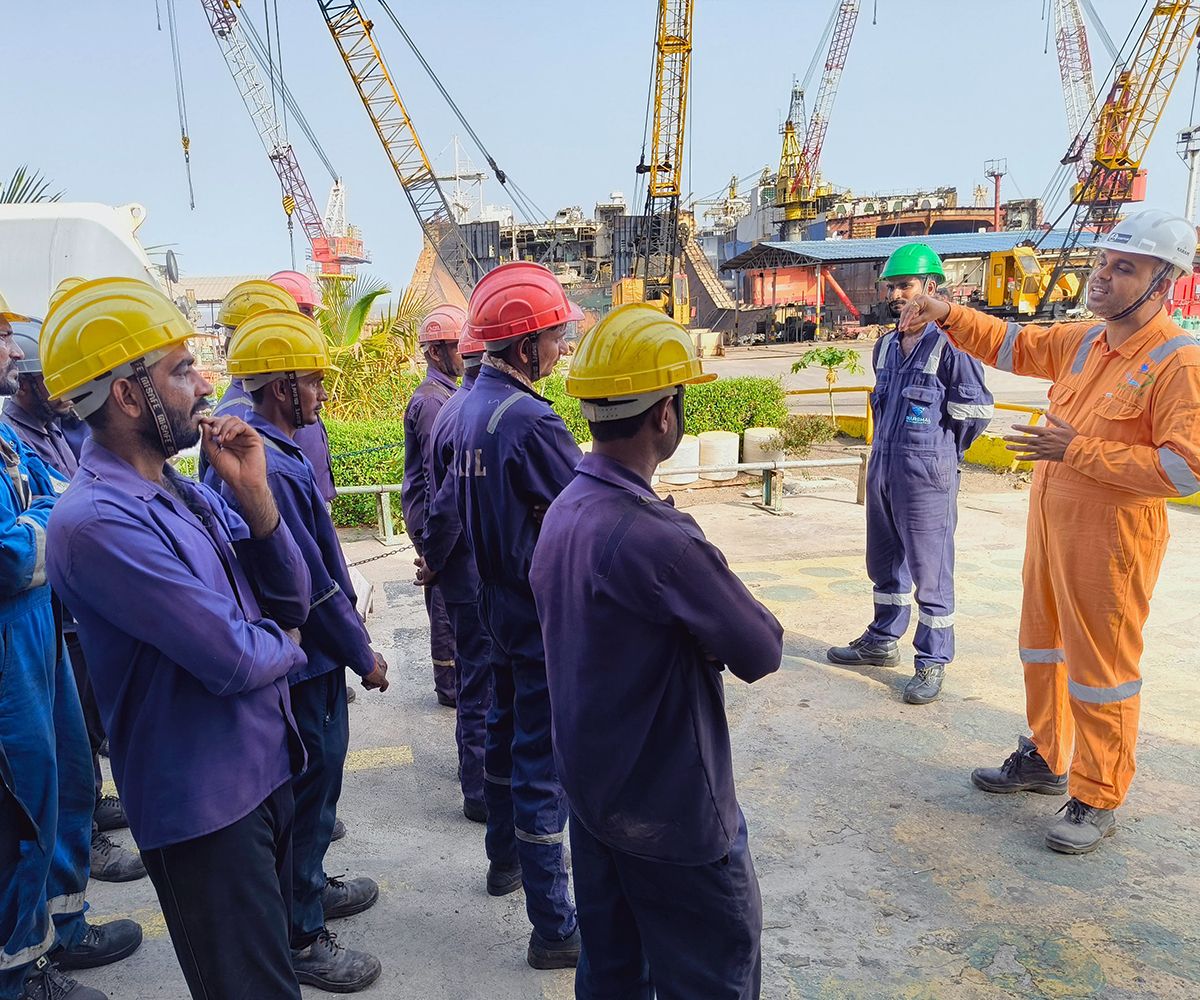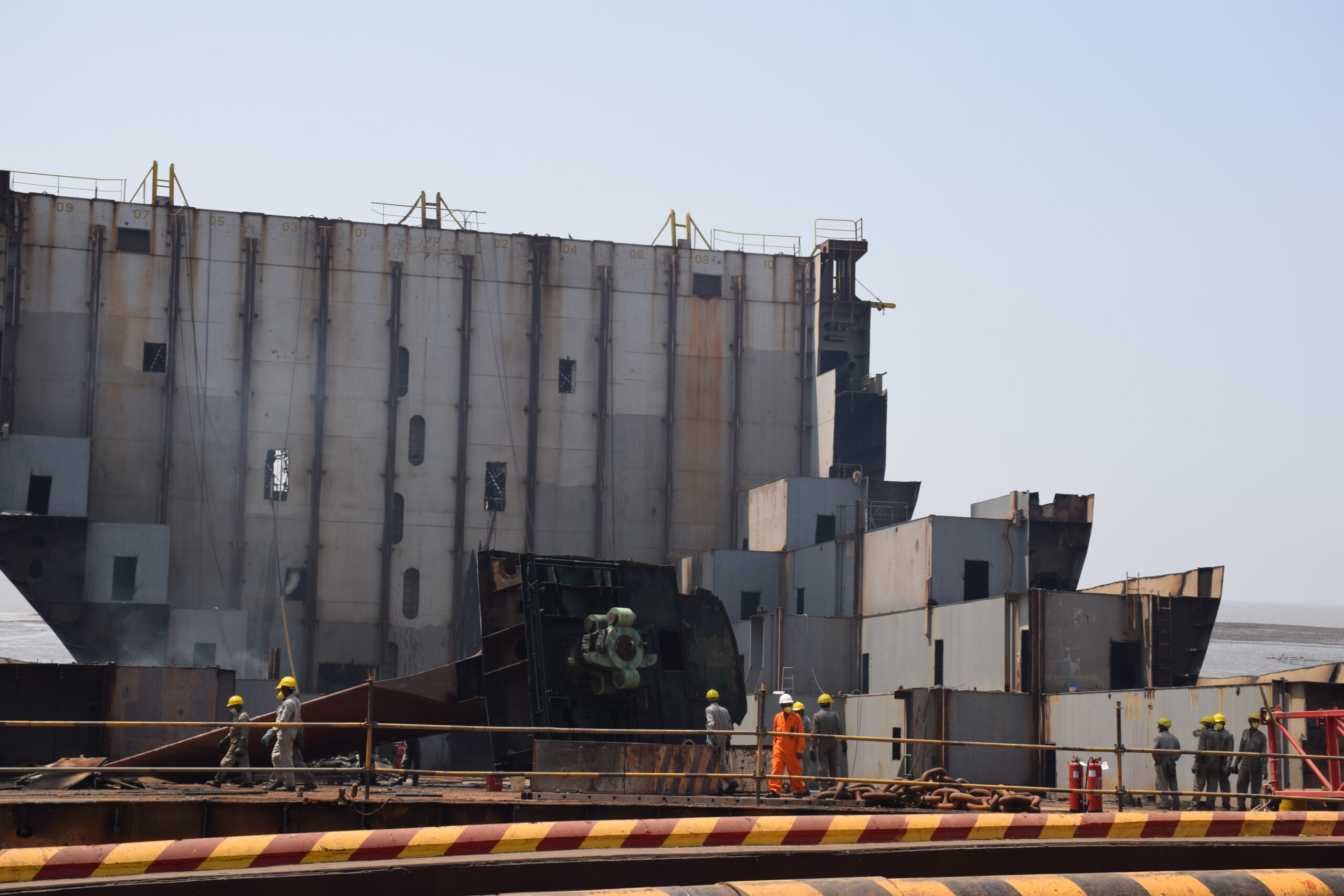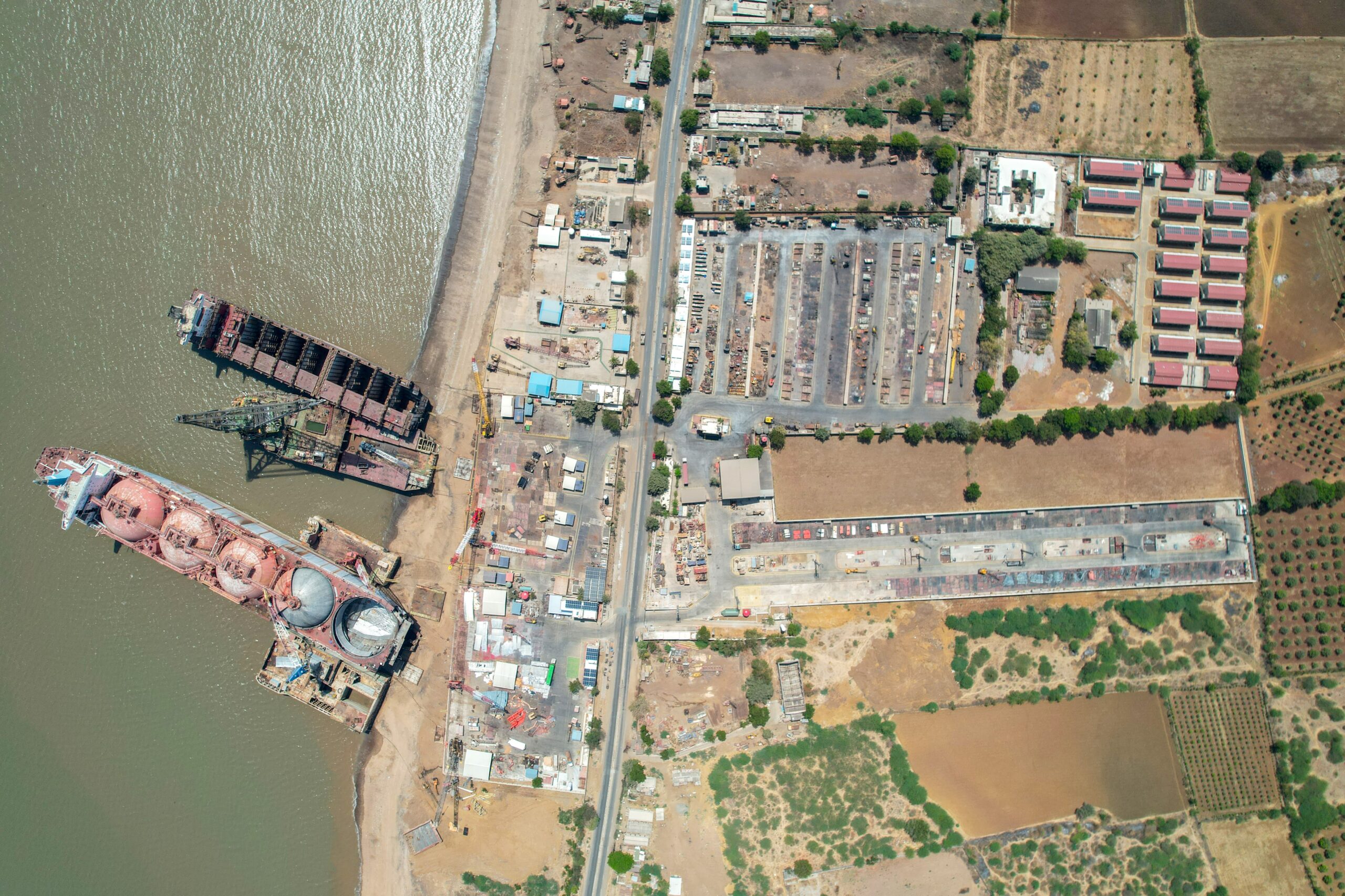What is Green Steel?
By: – Arjun Banerjee (Ship Recycling Expert)
Nirmit Trivedi (Environment Engineer)
Steel is the most commonly used metal in almost everything — from cars, airplanes, ships, machinery, and buildings to washing machines and household items. However, around 75 per cent of steel globally is made in coal-fired blast furnaces, which pump large amounts of carbon dioxide into the atmosphere.
With climate change threatening the globe, governments and industries are looking at sustainable ways of production across industries to reduce carbon emissions, and there is a major focus on the steel industry.
But first, what’s green steel?
Green steel is the manufacturing of steel without the use of fossil fuels. This new phenomenon is about producing steel by using low-carbon energy sources such as hydrogen, coal gasification, or electricity instead of the traditional carbon-intensive manufacturing route of coal-fired plants.
What is the need of Green Steel?
Currently, the steel industry is the largest industrial sector in the terms of energy consumption and resource usage. It is among the three biggest emitters of CO2, and due to aggressive expansions of plants across companies globally, the emissions levels are only expected to rise if the traditional methods were to continue.
According to Nippon Steel India’s presentation at a Steel Mint event, the iron ore and steel industry globally accounts for around 8 percent of total CO2 emissions on annual basis, whereas in India, it contributes 12 percent to the total CO2 emissions.
With such high emissions, steel producers in India and globally are facing escalating pressure from governments and investors to reduce their carbon footprint from both environmental and economic perspectives.
In view of commitments made in the Conference of climate change held in Vibrant Gujarat Summit 2024, the Indian steel industry needs to reduce its emissions substantially by 2030 and hit net-zero carbon emissions by 2070. This is where green steel comes in.
Have Global Companies launched Green Steel projects?
Several global players have taken aggressive action toward climate control by signing up for more carbon-neutral ways of producing steel. Mercedez-Benz has bought an equity stake in H2 Green Steel, while BMW has sealed a deal with H2 Green Steel on low-CO2 steel deliveries.
Apple is making a revenue profit of $24B by taking an initiative to make the world net-carbon zero and like apple many others companies are making billions.
How are Indian Steelmakers contributing to the reduction of carbon emissions?
Global steelmakers are focusing on green steel options and Indian companies are no exception. Even as their actions aren’t as concrete as the global players, the intent backed by financial commitment has been made.
Jindal Steel & Power Ltd (JSPL) plans to develop its Odisha plant into the largest and greenest facility in the world. The company claims to be the first steelmaker in the world to build coal gasification to produce steel using clean coal technologies.
Tata Steel’s Netherland subsidiary has launched Zeremis Carbon, a green steel solution that offers a 30 percent reduction in CO2 intensity as part of its aim to eliminate CO2 emissions by 2050. The company has committed to switching to green hydrogen-based steelmaking. It is aiming to reduce CO2 emissions by at least 30 percent by 2030 and to emit 75 percent less CO2 by around 2035, with the ultimate goal of eliminating CO2 emissions by 2050.
SW Steel has earmarked Rs 10,000 crore to increase the use of renewable energy to replace thermal power and other green initiatives. ArcelorMittal-Nippon Steel India, a joint venture between ArcelorMittal and Nippon Steel, has committed Rs 273 crore for various environmental initiatives including a zero liquid discharge system at its Hazira steel complex in Gujarat.
What are the hurdles for green steel production?
While green steel is the way forward to reduce the carbon footprint. it is certainly not an easy fix. If various reports, experts and companies are to be believed, then green steel is still decades away.
According to Aruna Sharma, former Steel Secretary, “Green steel is far-fetched till natural gas availability and hydrogen gas become commercially viable.” She added since all the investments are just being made so least one generation will continue to manufacture steel via coking coal base, but CO2 capture and disposal of slug is going strong and will be a technique to bring down carbon emissions.
But Australia-based flat steel manufacturing Bluescope Steel suggests that “one of the major drags on green steel developments is the global energy crisis, particularly in Europe, because green steel requires significantly more electricity than traditional steelmaking methods”.
An unstable energy market is starting to hollow out the manufacturing sector and if a crisis were not to be solved anytime soon, it would have a bearing on the green steel vision of most of the companies across the globe and India.












